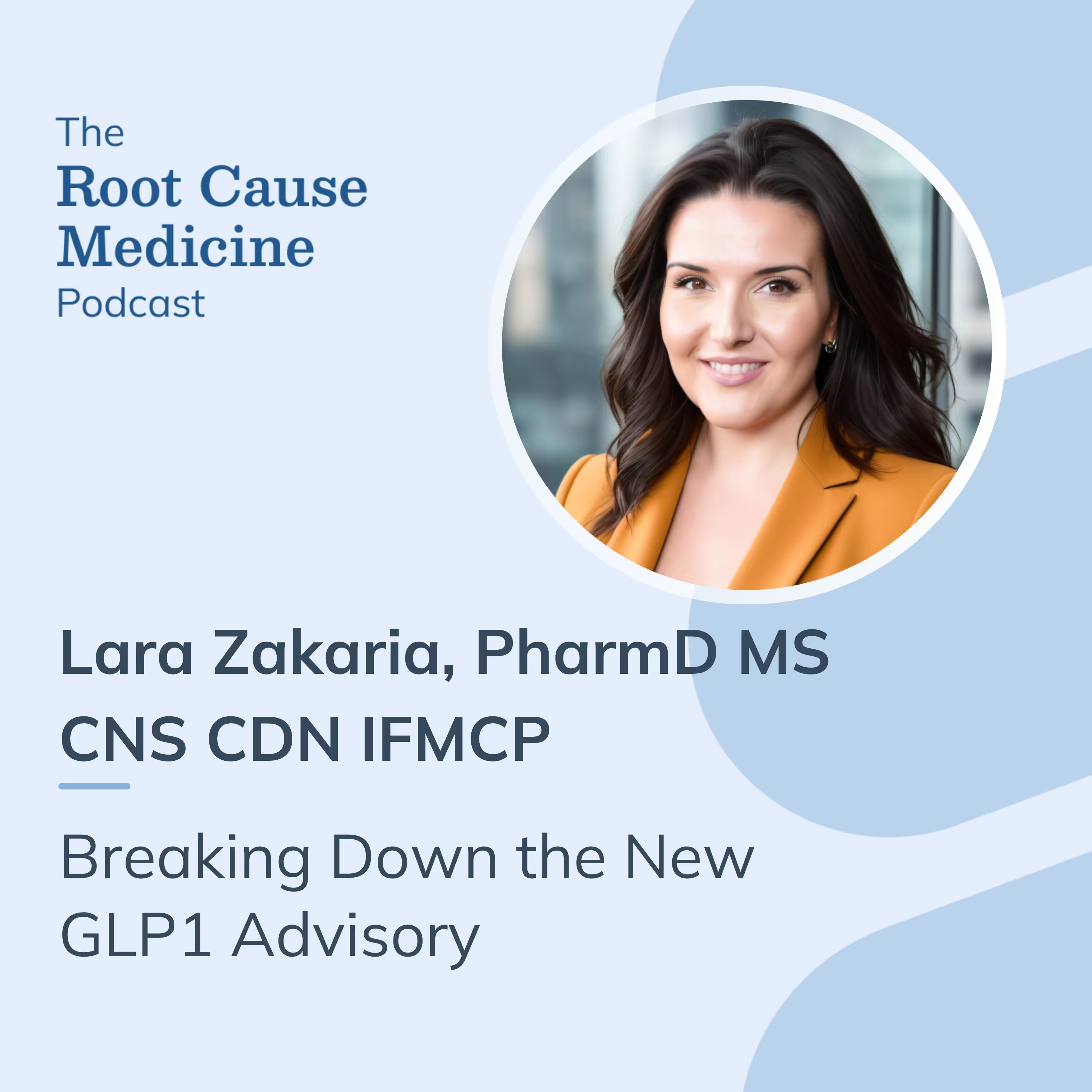Inflammatory bowel disease involves processes that affect the gastrointestinal tract, which can lead to uncomfortable symptoms and ongoing inflammation. It's important to differentiate these symptoms from other non-inflammatory gastrointestinal issues. Diagnostic evaluation often includes checking for intestinal inflammatory biomarkers, which can help in understanding the activity and severity of the condition.
[signup]
What is Inflammatory Bowel Disease (IBD)?
IBD is a long-term condition affecting the digestive system, marked by repeated episodes of inflammation. This can sometimes lead to changes in the intestines and other health challenges over time. IBD affects many people, and its occurrence is increasing.
Crohn's disease (CD) and ulcerative colitis (UC) are the two main types of IBD. They differ in where and how deeply they affect the digestive tract. CD can affect any part of the digestive tract with patchy areas of inflammation, while UC typically affects the innermost layer of the colon, starting from the rectum.
IBD Symptoms
IBD symptoms can come and go, with periods of discomfort followed by times of relief. Common symptoms during flare-ups include stomach pain, changes in bowel habits, and diarrhea with blood. Sometimes, inflammation can also cause symptoms in other parts of the body, like fever or joint pain.
People with CD affecting the small intestine might not absorb nutrients well, which can lead to weight loss and nutrient deficiencies.
If IBD is not well-managed, it might contribute to other health issues over time, such as:
- Anal fistulas
- Arthritis
- Blood clots
- Colon cancer
- Gallstones
- Hemorrhage
- Intestinal strictures, perforation, and obstruction
- Liver disease
- Osteoporosis
- Toxic megacolon
Possible Causes of Inflammatory Bowel Disease
The exact cause of IBD is not fully understood. It may occur in people with certain genetic traits when they encounter environmental factors that trigger an immune response, leading to inflammation in the intestines.
Some people with IBD have family members with the condition, and certain genetic markers may increase the likelihood of developing IBD. However, genetics alone do not determine whether someone will develop IBD; environmental factors also play a role.
Factors that have been studied in relation to IBD include sleep issues, stress, certain diets, medications, and exposure to environmental pollutants.
What Do Intestinal Inflammatory Biomarkers Tell You?
A colonoscopy is a common procedure to diagnose IBD, but it can be invasive. Inflammatory biomarkers can help determine if a colonoscopy is needed by indicating the presence of inflammation. These markers are often elevated in more serious conditions like IBD.
Traditionally, IBD severity and treatment response have been monitored through symptoms and imaging, but these methods can be costly and invasive. Biomarkers offer a non-invasive and cost-effective alternative for monitoring IBD.
No single biomarker can diagnose or monitor IBD perfectly, so a combination of different markers is often used to get a clearer picture of intestinal inflammation.
Top Functional Medicine Inflammatory Markers to Measure for Patients with IBD
Functional medicine labs can help healthcare providers understand and manage gastrointestinal disorders by measuring various inflammatory markers.
C-Reactive Protein (CRP)
CRP is a marker that can increase when there is inflammation in the body. It is not specific to IBD and can be elevated in other conditions as well. CRP is often used alongside other tests to help understand the presence and severity of inflammation.
Calprotectin
Calprotectin is a protein found in white blood cells, and its levels can rise in the stool of people with active IBD. It helps differentiate between IBD and other conditions like IBS.
Lactoferrin
Lactoferrin is another protein that can indicate inflammation in the intestines. It is used to help rule out non-inflammatory conditions and assess IBD activity.
Secretory IgA (sIgA)
sIgA is an antibody that helps protect the intestines from harmful substances. Elevated levels can indicate immune activity in the intestines.
Eosinophil Protein X (EPX)
EPX is released by certain white blood cells during inflammation. It can be elevated in conditions like allergies and IBD.
Lysozyme
Lysozyme is an enzyme that can be elevated in IBD, particularly in CD.
Interleukins
Interleukins are proteins that help regulate immune responses. They can be used to monitor IBD activity and are targets for some treatments.
Tumor Necrosis Factor Alpha (TNF-α)
TNF-α is involved in inflammation and can be used to monitor IBD. It is also a target for certain treatments.
Serum Amyloid A (SAA)
SAA is a protein that increases during inflammation and can help assess IBD severity.
[signup]
Summary
Managing IBD effectively involves accurate diagnosis and monitoring. While colonoscopy is a key tool, biomarkers provide a less invasive way to track disease activity and response to treatment. Using a combination of biomarkers can help guide treatment decisions and improve understanding of the condition.












%201.svg)






